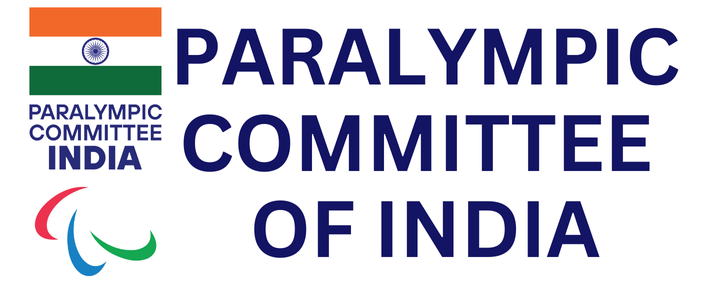Para equestrian is an inclusive sport that enables athletes with physical and visual impairments to compete in equestrian events. It has been a part of the Paralympic Games since the 1996 Summer Paralympics. The sport primarily focuses on dressage, where riders perform a series of predetermined movements, known as “tests,” to demonstrate harmony and precision with their horses.
Rider’s Attire: Essential clothing for riders includes an internationally certified riding helmet, breeches or jodhpurs, sturdy riding boots or shoes with heels, and a dark-hued jacket. Both male and female riders typically wear a shirt, a stock (also known as a hunting tie), and optionally, gloves. Spurs are at the rider’s discretion.
Saddle: The saddle is crafted to aid the rider in maintaining balance while seated on the horse. Various types of saddles cater to different equestrian pursuits. An inner saddletree, composed of steel, glass fiber, or wood, forms the structure, while the outer portion is typically fashioned from leather. Padding is inserted between the inner and outer components. Proper saddle fit for both horse and rider is crucial. Riders must not be tethered to the saddle, and there must be a minimum of 3cm clearance between any support and the rider’s trunk.
Bridle and Bit: The bridle and bit establish communication and contact between the horse and rider. Grade I and II athletes utilize a snaffle bit, whereas Grade III and IV athletes have the option of using either a snaffle or a double bridle.
Assistive Equipment: Riders possess an IPEC/FEI ID card detailing their grade and approved compensatory aids, such as a whip in lieu of leg aids, ladder reins, elastic bands, specialized stirrups, etc. Minimal velcro may be permitted. Any assistive device utilized must enable the rider to dismount from the horse freely if necessary.
In Para equestrian sports, all athletes, regardless of physical or visual impairments, as well as gender, compete together. Riders are allowed to utilize approved assistive devices, such as dressage whips, connecting rein bars, and looped reins. Visually impaired riders can enlist the support of “callers” to aid navigation within the arena.
Classes are organized into five categories based on the nature and severity of the impairment. The complexity of the test performed by each rider correlates with their assigned class.
Eligible impairment groups include impaired muscle power, athetosis, impaired passive range of movement, hypertonia, limb deficiency, ataxia, leg length difference, short stature, and vision impairment.




No Comments
Sorry, the comment form is closed at this time.